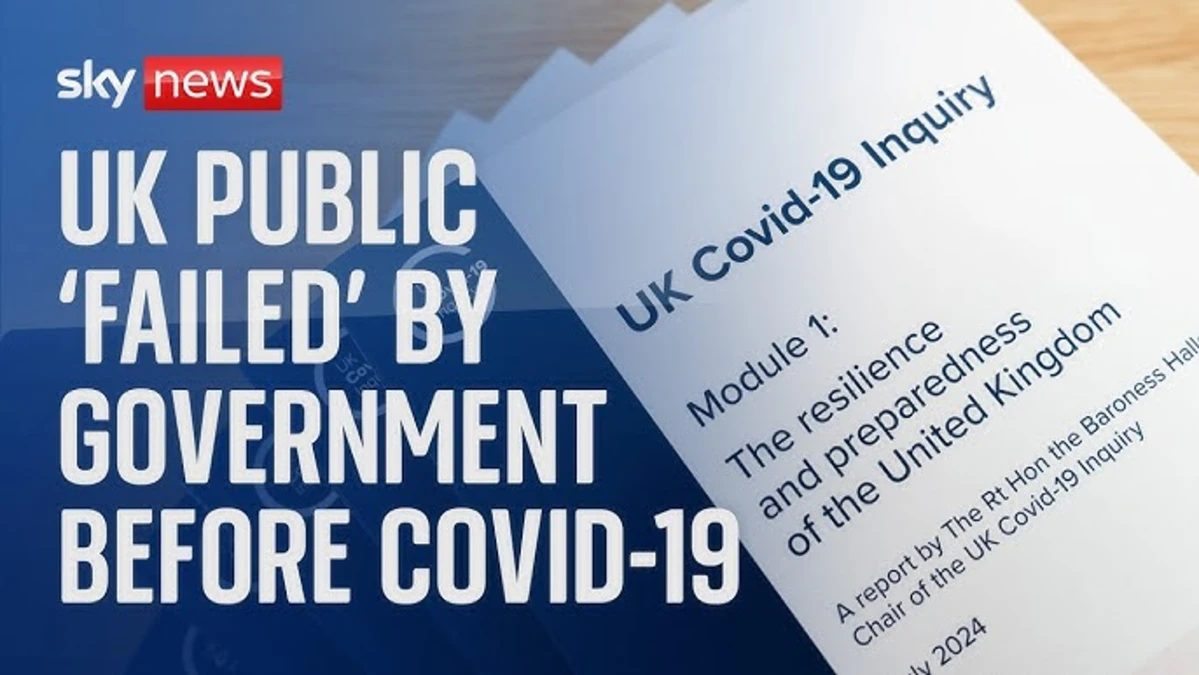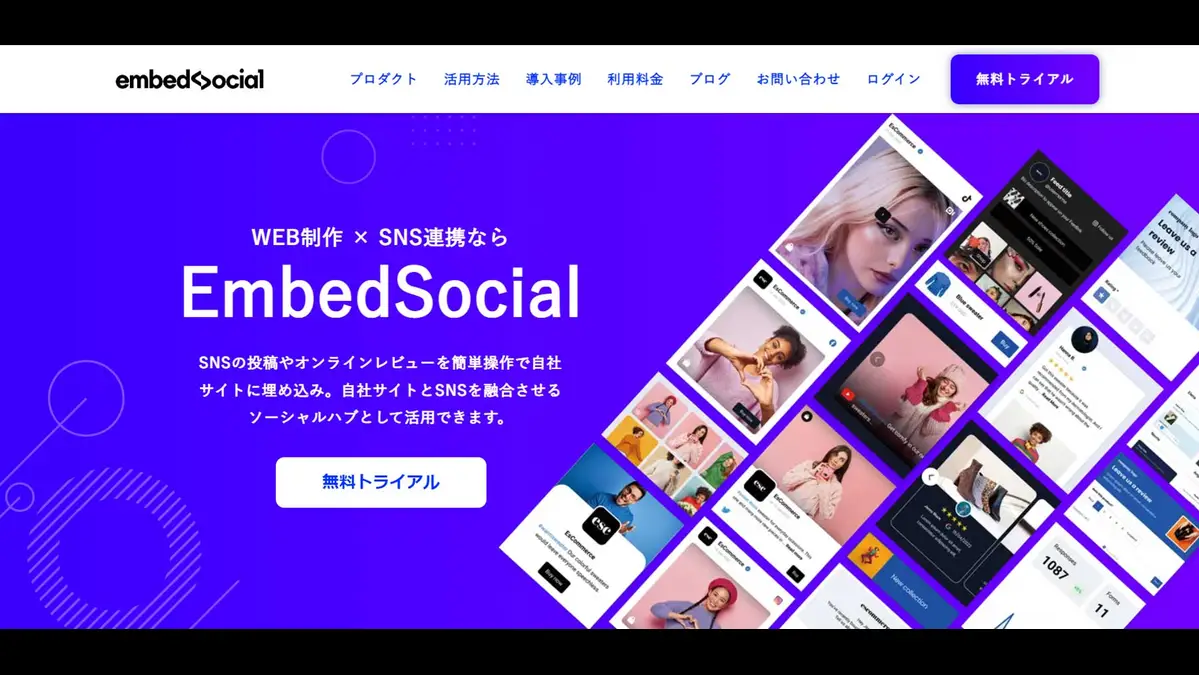Introduction to ‘Before It’s News’
In a world where information travels at the speed of light, one platform makes waves by shaking up how we consume news. Enter “Before It’s News,” an outlet that thrives on the contributions of everyday citizens. Gone are the days when traditional reporters held exclusive power over what stories made headlines. Now, anyone with a smartphone and an internet connection can become a journalist.
This shift isn’t just about sharing personal experiences but about reshaping our understanding of reality. As we dive into this phenomenon, we’ll explore how citizen journalism is not merely emerging but revolutionizing the very fabric of news consumption today. Buckle up as we navigate its impact on mainstream media and society!
The Power of Citizen Journalism
Citizen journalism has transformed theBefore It’s News news landscape. It empowers ordinary individuals to share their experiences and insights, bypassing traditional media gatekeepers.
With smartphones in hand, anyone can capture events as they unfold. This immediacy adds a layer of authenticity that mainstream outlets sometimes lack. People trust what they see from their peers more than polished reports.
Social media amplifies these voices,Before It’s News allowing stories to spread rapidly. A single tweet or video can ignite public discourse, influencing opinions and sparking movements.
Moreover, citizen journalists often cover issues overlooked by larger organizations. They highlight local concerns or marginalized communities that may not receive coverage otherwise.
As this trend continues to grow,Before It’s News we witness a democratization of information like never before. The barriers are down; everyone has the potential to be a storyteller in today’s connected world.
The Evolution of News Consumption
The landscape of news consumption has transformed dramatically over the last two decades. Gone are the days when print newspapers and evening broadcasts ruled the roost. Today, digital platforms dominate our daily information diet.
Smartphones and social media have revolutionized how we receive updates. News is now instant and accessible at our fingertips anytime and anywhere. The rise of citizen journalism plays a pivotal role in this shift.
People no longer rely solely onBefore It’s News established media outlets for their news fix. They turn to blogs, podcasts, and sites like ‘Before I”s NewsIt’srNews’rse perspectives. This democratization allows anyone with a smartphone to become a reporter.
As audiences seek authenticity, they crave real stories from real people. This change has forced traditional media to adapt or risk losing relevance in an ever-evolving marketplace that values immediacy and engagement over formality.
Impact on Traditional Media Outlets
The rise of ‘Before I”s NewsIt’ssNews’ has undoubtedly shaken the foundations of traditional media outlets. As citizen journalism gains traction, established news organizations face increasing pressure to adapt.
Traditional media once held a monopoly on news dissemination. Now, anyone with an internet connection can report and share information widely. This shift challenges journalists to maintain credibility while competing for attention in crowded digital spaces.
Many legacy outlets are nowBefore It’s News adopting similar strategies to engage audiences. They often leverage social media platforms or publish user-generated content to stay relevant.
However, this adaptation comes with risks. The rush for clicks can lead some organizations to prioritize sensationalism over accuracy. In an era where speed trumps thoroughness, the essence of responsible journalism is at stake.
As citizen-driven platforms flourish, traditional outlets must navigate uncharted waters carefully to retain their influence and trustworthiness in society.
Dangers and Limitations of Citizen Journalism
Citizen journalism has opened the door for diverse voices but comes with significant risks. Contributors’ lack of formal training can lead to inaccuracies and misinterpretations.
Misinformation spreads like wildfire in a digital age where speed often trumps accuracy. Erroneous reports can shape publicMisinformation spreads like wildfire in a digital age where speed often trumps accuracy. Erroneous reports can shape public perception before corrections are made.
perception before corrections are made.
Moreover, stories may be sensationalized or biased without editorial oversight, raising questions about credibility and trustworthiness.
Another concern is safety. Citizen journalists often put themselves at risk while covering protests or other volatile situations, and their safety cannot always be guaranteed.
The absence of established ethical guidelines makes it difficult to hold individuals accountable for their reporting decisions. This landscape creates challenges that demand careful navigation as citizen journalism continues to evolve.
Examples of Controversial Stories Covered by ‘Before I”s NewsIt’sefore’I”s NewsIt’ss gained notoriety for covering stories that mainstream media often overlooks. One notable example includes various claims surrounding government surveillance programs. These reports sparked heated debates about privacy and civil liberties.
Another controversial story involved alleged UFO sightings and encounters. Such narratives captured the public imagination, fueling interest in extraterrestrial life while challenging the status quo of scientific skepticism.
Additionally, ‘Before I”s NewsIt’sporte’ extensively discusses vaccine controversies. The platform provided a space for dissenting voices against widely accepted medical practices, leading to emotional discussions and backlash.
These stories illustrate how citizen journalism can shape perceptions and provoke conversations on sensitive topics that traditional outlets may shy away from addressing directly.
Future Implications and Influence on Society
As citizen journalism grows, its implications for society are significant. Platforms like ‘Before I’m NewsIt’ allow individuals to share their perspectives and experiences without traditional filters.
This shift fosters a more diverse range of voices in the media landscape. It encourages critical thinking among audiences who must sift through varying viewpoints. People are now more likely to question mainstream narratives and seek information from multiple sources.
However, this democratization of news comes with challenges. The line between fact and opinion can blur easily, leading to misinformation or sensationalism gaining traction.
Moreover, as trust in established outlets wanes, citizens may gravitate toward unverified stories that confirm their beliefs rather than challenge them. This trend could further polarize public discourse.
The future will likely see an intricate dance between traditional media and grassroots movements emerging from platforms like Before I’m NewsIt’sonclus’on.
The rise of platforms like ‘Before I’m NewsIt’srNews has significantly changed how news is produced and consumed. With citizen journalism at the forefront, ordinary people claim their stake in storytelling. This democratization of information has led to diverse perspectives that often challenge mainstream narratives.
However, as we embrace this change, we must remain vigilant about the quality and integrity of shared information. We must carefully navigate the balance between freedom of expression and responsible reporting.
As society continues to evolve alongside these new media dynamics, our understanding of news will likewise transform. The implications for traditional media are undeniable; they now face fierce competition from individuals willing to share their truths online.
With both promise and peril ahead, we stand on the precipice of a new era in journalism—one where every voice can potentially shape our reality. How we engage with this evolving landscape will determine what stories gain traction and how accurately those stories reflect our world today.
you may also read
dailyinfotoday


